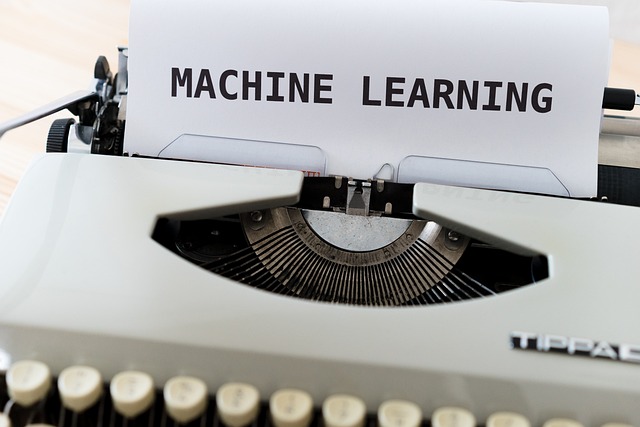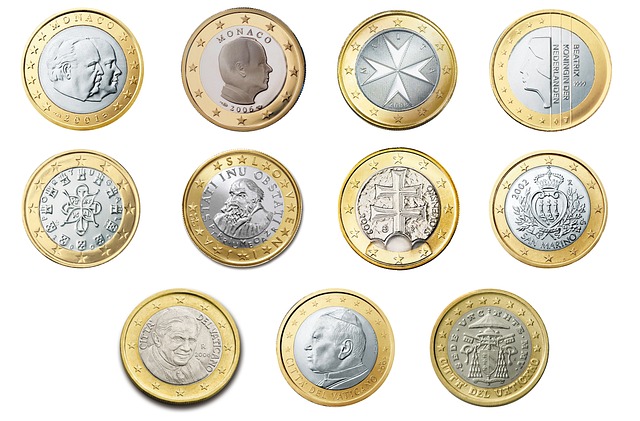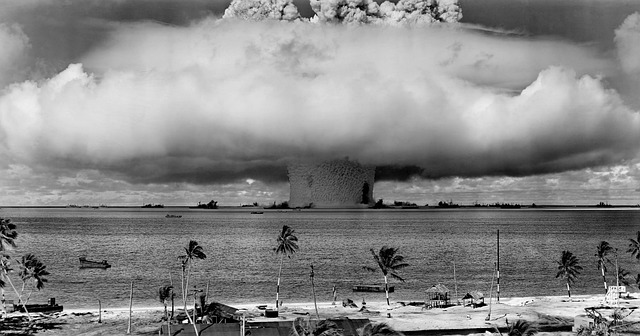
Mnist Digits
Understanding MNIST Digits
The MNIST dataset is a cornerstone in the field of machine learning, particularly in the realm of image recognition. It consists of a large collection of handwritten digits, making it an ideal benchmark for testing various algorithms and models. But what exactly is MNIST, and why is it so significant? Let’s dive in!
What is MNIST?
MNIST stands for the Modified National Institute of Standards and Technology database. It was created from a dataset of handwritten digits collected by the U.S. Census Bureau in the late 1980s. The original images were digitized from handwritten zip codes on U.S. mail, specifically from the Buffalo, New York post office. This dataset includes 60,000 training images and 10,000 test images, all formatted into 28x28 pixel grayscale images. 🖼️
Why is MNIST Important?
MNIST serves as a benchmark for evaluating the performance of various machine learning models. It is widely used in academic research and practical applications due to its simplicity and accessibility. Many algorithms have been tested on this dataset, making it a standard reference point for researchers and developers alike.
How Does MNIST Work?
The dataset consists of images labeled with the corresponding digit they represent. For example, an image of a handwritten "5" will be labeled as such. The goal of a machine learning model is to accurately classify these images based on their pixel values. The process typically involves:
- Data Preprocessing: Normalizing the images and converting them into a format suitable for training.
- Model Training: Using algorithms like Convolutional Neural Networks (CNNs) to learn from the training data.
- Evaluation: Testing the model’s accuracy on the test dataset to see how well it performs.
Extended MNIST (EMNIST)
In 2017, NIST released the Extended MNIST (EMNIST) dataset, which expands upon the original MNIST. EMNIST includes not only handwritten digits but also letters, providing a more comprehensive dataset for training models in character recognition. This makes it particularly useful for applications that require understanding both numbers and letters, such as in postal services or automated data entry. 📦
Challenges with MNIST
Despite its popularity, MNIST is not without its challenges. Some images in the dataset contain mislabeled digits, which can lead to inaccuracies in model training. Additionally, as technology advances, researchers are finding that more complex datasets are needed to test modern algorithms effectively. This has led to the development of more intricate datasets beyond MNIST, but it remains a foundational tool for beginners in the field.
Conclusion
In summary, the MNIST dataset is a vital resource in the machine learning community. Its simplicity allows newcomers to grasp the basics of image recognition, while its widespread use provides a common ground for researchers to compare results. Whether you're a seasoned data scientist or just starting out, understanding MNIST is a key step in your journey through the world of machine learning.

















 The Colorful World of Art Techniques and Styles! 🎨
The Colorful World of Art Techniques and Styles! 🎨 
 Health
Health  Fitness
Fitness  Lifestyle
Lifestyle  Tech
Tech  Travel
Travel  Food
Food  Education
Education  Parenting
Parenting  Career & Work
Career & Work  Hobbies
Hobbies  Wellness
Wellness  Beauty
Beauty  Cars
Cars  Art
Art  Science
Science  Culture
Culture  Books
Books  Music
Music  Movies
Movies  Gaming
Gaming  Sports
Sports  Nature
Nature  Home & Garden
Home & Garden  Business & Finance
Business & Finance  Relationships
Relationships  Pets
Pets  Shopping
Shopping  Mindset & Inspiration
Mindset & Inspiration  Environment
Environment  Gadgets
Gadgets  Politics
Politics 